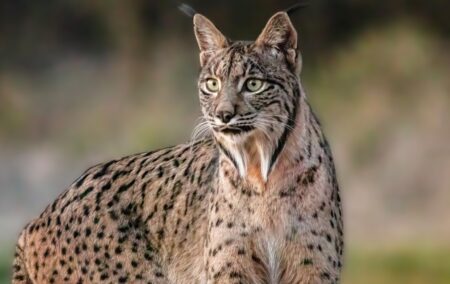One of the world’s rarest wild cats, the Iberian Lynx, is officially no longer endangered.
According to the International Union for Conservation of Nature (IUCN), the animal is now considered “vulnerable”, rather than “endangered”.
The IUCN classifies species according to how threatened they are in the wild, with ‘endangered’ meaning the animal is nearly extinct in the wild.
The animal, located in Spain and Portugal, used to be found across the Iberian Peninsula, but since the 1960s its numbers have plunged. However, the species now seems to be recovering.
According to the IUCN, in 2001 there were only 62 mature individuals in the wild, but numbers had grown to nearly 650 in 2022. It was estimated that the total population, including juveniles, was now about 2000.
The increase in the lynx’s population is owing to a number of interventions, from restoring scrublands and forests to ensuring that sources of food, such as rabbits, are available.
The IUCN also warned against complacency, saying that the gains could easily be reversed.
[Image: Diego Delso, https://commons.wikimedia.org/w/index.php?curid=115821093]

